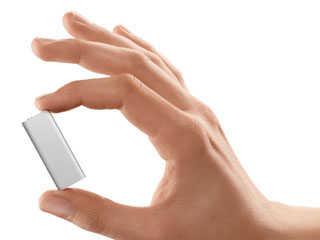Bring Down IE6 – dot com
Sometimes the best things in life start with a little mischief. That’s definitely the case with Bring Down IE6, a .net magazine microsite that I designed (using artwork from the wonderful people at ilovedust) and that launched on March 12.
Dan Oliver, the editor, was the culprit who lit the fuse. Knocking ideas around with me for features, he wondered if there was mileage in an article on the “growing trend to f—— IE”, meaning IE6, which even Facebook now hates. Being a web designer and also happening to know a lot of people who waste many hours dealing with IE6, I had a sneaking suspicion that, yes, this might just appeal to the mag’s readers.
The feature was duly commissioned, and I got to work, interviewing the likes of Jeff Zeldman and Bruce Lawson. I wrote the article, submitted it, and that was that. And then the mag hit the newsstands. Unusually, the article ended up online at the same time, rather than being delayed a few months, and there was one major addition: a badge.
Someone at .net had started a rallying cry, asking readers to download the ‘Bring Down IE6’ logo and link to the feature. But it didn’t seem loud enough. A spark went off in my head, and the microsite idea was born. It was then designed, built in suitably standards-compliant fashion, and IE6 was ignored bar an ‘upgrade’ notice that IE<7 users see. The finished site now sits at www.bringdownie6.com. Time will tell if it proves a success, but I’ve already seen the badge creeping out there and being attached to various designers’ blogs, which is heartening.
And despite the provocative and somewhat humorous tone of the site itself, the aim is deadly serious. It really is time for web designers to unite and finally get IE6 dealt with in some way. We need to move on, and together we will win.

Bring down IE6! All we need now is cheerleaders.
Comments Off on Bring Down IE6 – dot com
